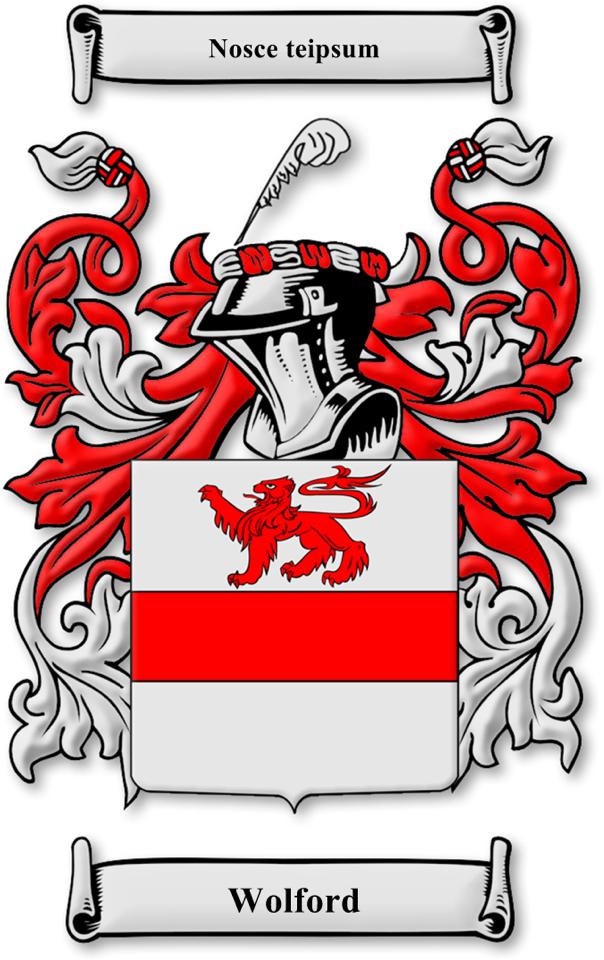On June 30, 1914 a mine fire at Cinderlla suffocated five miners to death. Their names are: George Seibold, James Collins, Benjamin James, Henry Lyons, and Marion Lyons. The newspapers reported, “Rescuers worked with feverish energy today digging a shaft into the working of mine No. 1 of the Sycamore Coal Company, near here, in the hope of reaching five men who were cut off when fire broke out last midnight. The throng surrounding the pit realized soon after dawn that the hope was forlorn, but the men under the direction of a mine inspector and their bosses continued to dig. Others forced their was into the gas-filled galleries and endeavored to choke the flames with sand, crews being relieved every hour but they made little progress. Dense volumes of smoke poured from the openings, and it was feared the fire was spreading rapidly. The fire broke out in the fan house and that structure was destroyed. Alarmed by the failure of the air, twenty-five men made their way to the surface, but five were caught in the entries far from the openings.” Incidentally, later that year Sycamore Coal gave each miner’s wife a china plate and free turkey (or two chickens) for Christmas.
Coalcampusa.com writes “Mary writes, “My dad was the bookeeper for Sycamore Coal Company in the 1940s. We lived in Huntington where he was the City Auditor for a while, and he did bookeeping for small companies on our kitchen table at night. Then he worked for Mr. Hamill who was affiliated with Sycamore Coal Co.
The year I was in the fourth grade we lived at Cinderella where my Dad kept books and also audited other coal camp’s books all the way into Virginia. Mr. Hamill gave us his home to use while we were there. I have good memories playing in the woods with children from the ‘camp’, and running with my cocker spaniel at my heels. None of the children there had ever seen ‘sech a dawg’. They loved his floppy ears and big feet.
When I pulled up the Williamson Coalfield webpage, I really went back in time. My grandfather, William Averill Wilson, brought his wife and children to WV from Pittsburgh to make his fortune in the coal fields. He did very well, and worked for Koppers Coal Co. out of PA for over 40 years. My dad worked for him, and met my mother after moving from Barnesville, OH to make his fortune in the coal fields. My mother often told of the Hatfield and McCoy feuds, and how her mother had met ‘Devil Anse Hatfield’. Apparently he was a forbidding looking man. Mother lived in Matewan, Thacker, and Red Jacket among other places.
When I found the photos taken at Cinderella, I was amazed to see the white house on the hill behind the coal signposts. That is the house where we lived while there. There were three houses on the hill with the mining engineer on one side, and a young man with his family on the other side who worked in the office with Dad. The house looks dilapidated now, but had a lovely front porch, and a stream going through the side yard that was concreted to channel the mountain run-off in the spring. It had a little curved bridge over the stream with a place for picnics hollowed out of the hill with stone benches and floor. Behind the house sat a play house with real up and down windows and a door with a lock. I used it for a doll house, and one day left the door open only to find a cow wedged into the little house that afternoon. When I saw the company store, that really brought back memories. My dad’s offices were upstairs, and on the other side of the building there was a post office with PO boxes.
When I was sent for the mail, old men used to spit ‘tobaccy juice’ at my bare feet. It was an adventure! I played with a little girl named S. McCoy, and another girl named C. Vance. I cannot help but wonder whatever happened to them. They loved coming to my house to play with my toys and dolls. I well remember Horace T. who ran the company store, and let me get fudgecicles for my friends. (My dad paid for them later.)
There was also a small medical clinic on the other side of the store toward the coal tipple. I will never forget the doctor’s name: Dr. Getwell. One time I tried to jump the railroad ties and had gravel imbedded in my knees. Dr. Getwell dug out the gravel and gave me a red lollipop after the horrible burning disenfectant he poured on my knees.
We continued to spend summers at the house on the hill until they decided to move the offices to Huntington. Finally, my dad moved into a room at Horace T.’s house until the offices could be moved. He was working late one night, went to Horace’s house to help his daughter with her math homework, and had a heart attack and died. He drove from Huntington all winter to Cinderella, and our dream was to have the offices in Huntington. It was such a sad year that we lost him, and I was 13.
I loved Cinderella, and it is sad to see it in such a state as it is now. On the other hand, it was inevitable that miners would one day live in real towns with real stores, and go to the mines as they go to Ford plants here in Northern Ohio. I now live on the shores of Lake Erie in Northern Ohio, and love it here too. The memories of long ago are sweet from West Virginia, and I do miss the hills.”
CINDERELLA
June 30, 1914
“5 Men Perish in Mine Fire at Williamson,” Charleston Gazette, 7-2-1914
“Five Perish in Sycamore Mine,” The Mingo Republic, 7-2-1914

